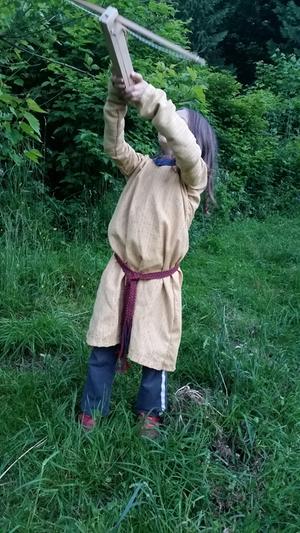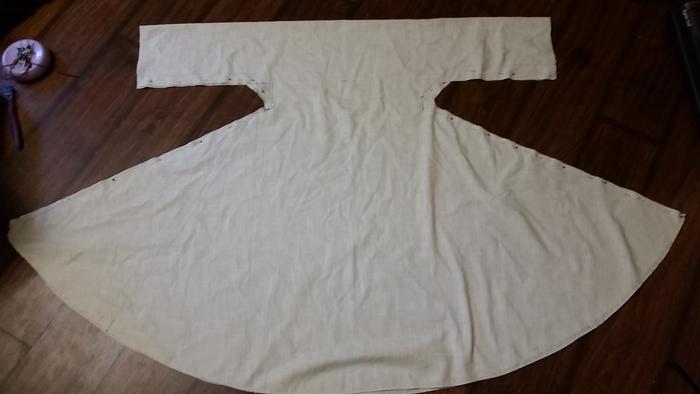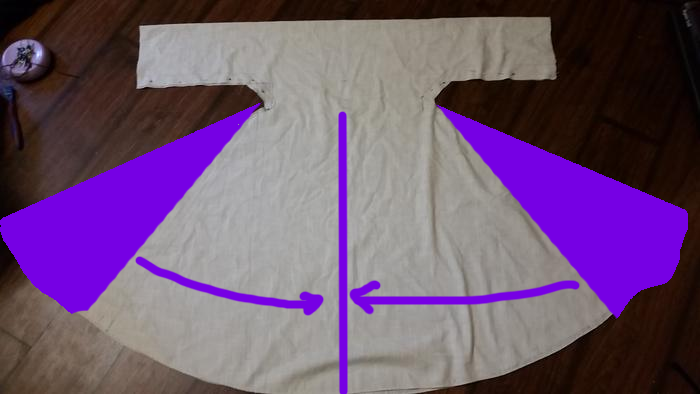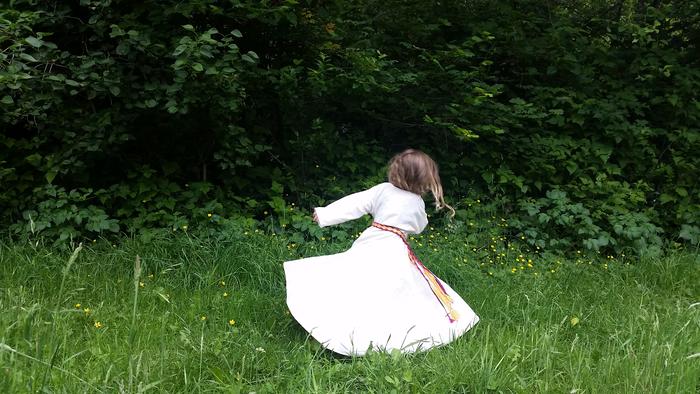
 5
5







 5
5




Gardens in my mind never need water
Castles in the air never have a wet basement
Well made buildings are fractal -- equally intelligent design at every level of detail.
Bright sparks remind others that they too can dance
What I am looking for is looking for me too!

 2
2




'What we do now echoes in eternity.' Marcus Aurelius
How Permies Works Dr. Redhawk's Epic Soil Series
 3
3




Visit Redhawk's soil series: https://permies.com/wiki/redhawk-soil
How permies.com works: https://permies.com/wiki/34193/permies-works-links-threads




Jay Angler wrote:Since the experts have spoken up, I don't really want to vote against them, but if I'd been doing this, I admit, I would have made a seam at the waist, and then made 4 "quarters" for the skirt, with the straight of grain down the center of each quarter. I'm thinking the grain matters, but as Pearl said, "she's a 4 year old" - that means that the skirt is relatively short in length of inches, so it will certainly look fairly full even if the fullness is mostly at the sides. That would have increased your stitching a little, but not nearly as much as the original pattern requires.

 2
2











 2
2




 2
2




As an adult I agree, as a 4 yr old who wants a "twirly" skirt and a mother who might not want her going "splat" in an effort to accomplish that, I like the idea of sewing it as cut in the first post, and altering it as per the later idea if the little lady is struggling to get the effect she wants. By sewing as cut first, it allows you to choose how big to make the front triangles after seeing how it's fitting.r ranson wrote:I like a flat front skirt for my medieval attire. Putting the triangles at the front makes it flair out more there... and get in the mess/work/fire.
is it possible to try one way first, then alter if it's horrible?
Visit Redhawk's soil series: https://permies.com/wiki/redhawk-soil
How permies.com works: https://permies.com/wiki/34193/permies-works-links-threads
 12
12





 1
1




Invasive plants are Earth's way of insisting we notice her medicines. Stephen Herrod Buhner
Everyone learns what works by learning what doesn't work. Stephen Herrod Buhner
 3
3





|
Is that a banana in your pocket? I'm just asking for this tiny ad:
The new purple deck of permaculture playing cards
https://www.kickstarter.com/projects/paulwheaton/garden-cards
|









